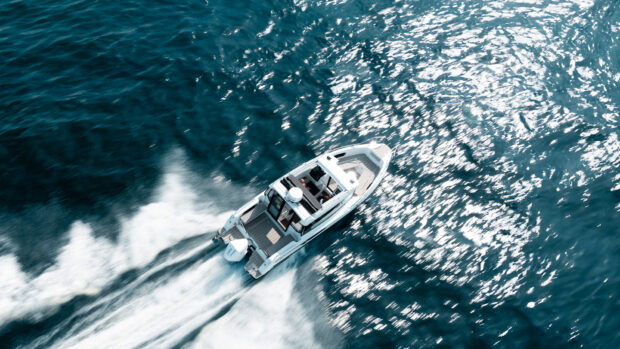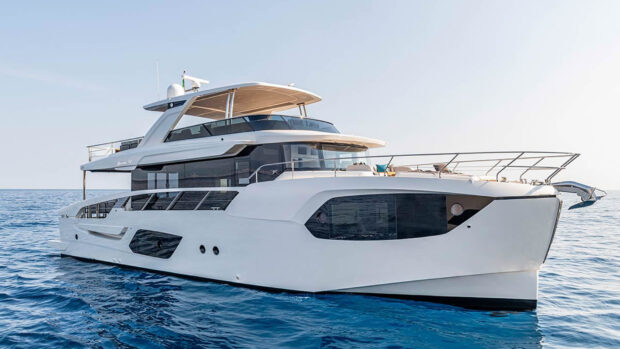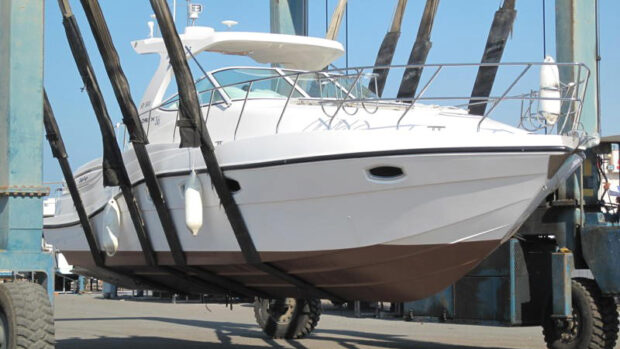Ultrasonic antifoul experts Sonihull are currently running a boating survey and you could win £100 of Amazon vouchers by answering a few quick questions...
To be in with a chance of winning, simply fill out this survey by 2 October.
The problem of hull fouling
Every year, biofouling is estimated to add $60-100 billion to commercial shipping costs. This includes increased fuel-consumption, drydocking costs, remedial measures and revenue lost due to regular maintenance and downtime.
On hard surfaces in contact with raw seawater, the biofouling process can start in as little as 15 minutes. It starts with the settlement and build-up of slime and soon progresses to algae, weeds and then molluscs.
When marine fouling grows on the outside of a ship’s hull, hydrodynamic drag increases which causes fuel consumption to rise. On the inside of a vessel, marine fouling will reduce cooling water flow and lead to major equipment failure if left unchecked.
On offshore structures like oil rigs and wind turbines, marine fouling will increase weight and hydrodynamic loading. Marine fouling will also account for around 30% of lifecycle corrosion in marine structures.
For decades, ultrasound has been used in the food, brewing and hydroponic farming industries to prevent algal blooms and to keep water-handling equipment clean and free from blockages.
Traditionally, poisons (biocides) have been used to kill organisms that settle on raw seawater surfaces like hulls and box cooler pipework.
Environmental legislation covering the use of poisonous metallic biocides in antifouling systems is tightening and marine-based industries are looking for more effective means of preventing unwanted marine growth on their vessels and inside their equipment.
The Sonihull solution
Sonihull antifouling systems use the power of ultrasound to protect the inside and outside of marine vessels and structures from unwanted marine growth.
Unlike conventional antifouling coating systems, Sonihull does not release poisonous biocides that kill marine organisms or use ablative coatings that leave microplastic pollution in their wake.
Sonihull keeps surfaces clear using ultrasound-induced non-inertial cavitation, which disrupts the biofouling process and actively prevents barnacle and mussel attachment.

The Sonihull Ultrasonic Anti-fouling System is a Fit & Forget solution for hulls, marine structures, box coolers, sea chests, strainers – wherever there is unwanted bio-fouling.
The Sonihull system prevents marine organisms from colonising solid surfaces that are exposed to raw seawater. Unlike biocidal coatings and impressed-current systems, Sonihull is low cost and low maintenance, with zero poisonous environmental legacy.
Fitting is very easy, there’s no need to drydock and drain your box coolers, there’s also no drilling, welding, or expensive copper anodes to replace regularly. When compared to impressed-current antifouling systems, the Sonihull system can reduce capital and MRO costs by up to 95%.









